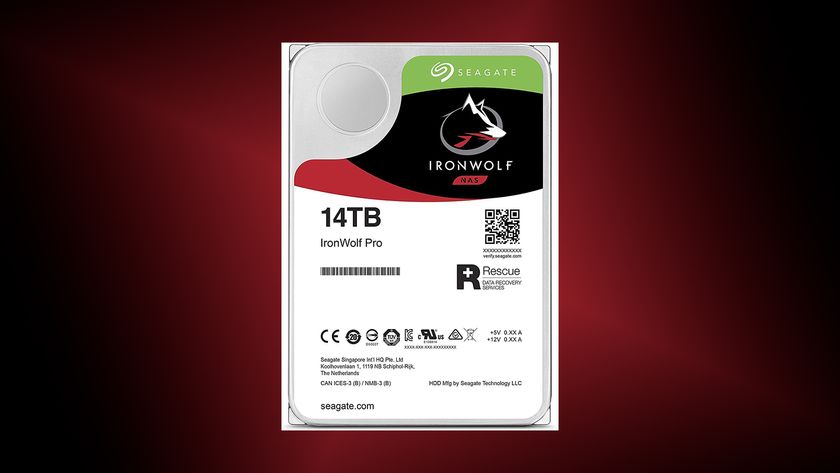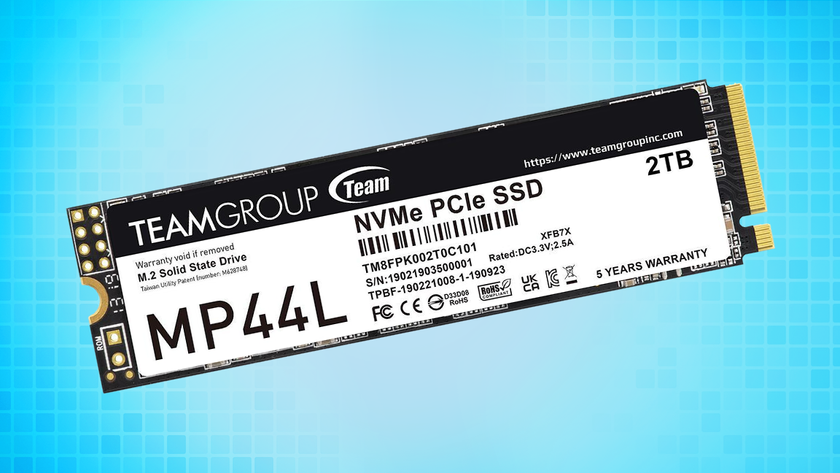USB Thumb Drive Vs. Hard Drive
Conclusion
Admittedly, this comparison is not relevant to everyday life, but it is still interesting as a thought experiment, as the outcome was all but predictable. Forgive us for comparing an ultra-portable, compact USB storage device with a 10-year old ATA/33 desktop hard drive, but when we took stock of our hardware, we found ourselves looking at these two physically and architecturally different pieces of storage technology that still had important details in common. The IBM DTTA-351010 10 GB hard drive and the Super Talent Pico C 8 GB USB flash drive offer similar capacities and similar interface throughput. And we found the size and weight difference simply amazing.
On the one hand, it was obvious that any decent flash-based storage device can deliver far better transfer rates than a 10-year old hard drive: 12.4 MB/s maximum transfer rates are awful, and the Pico C flash drive clearly earns a victory here.
However, we found it shocking to see the difference in I/O performance. Super Talent’s flash drive would perform amazingly well as long as write operations were left out of the equation. But as soon as write operations were involved, the old hard drive would still beat the modern flash drive by a considerable margin.
Our results make clear that products such as the Super Talent Pico C 8 GB USB thumb drives should be used as storage devices for occasional use, and preferably for large files such as photo, audio or video files. They are by no means capable of replacing hard drive when I/O intensive workload is requested, because performance in this task will be disappointing. Should you be looking for a low-capacity drive for a low-power PC, we recommend looking around for other solutions that deliver better performance.
Stay On the Cutting Edge: Get the Tom's Hardware Newsletter
Get Tom's Hardware's best news and in-depth reviews, straight to your inbox.
Most Popular





